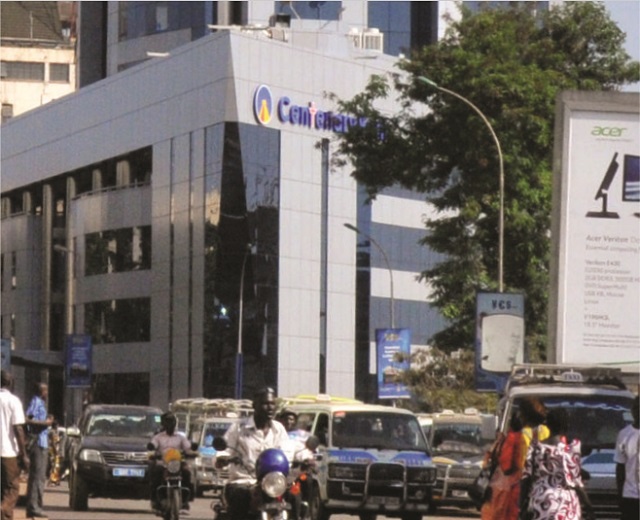
Look to heavy investment into technology to reverse slow 2016 growth
Centenary Bank and Barclays Bank of Uganda Ltd registered slower growth in profits for the year ending December 2016 but the managers say that is no problem and instead remain positive about the future.
Centenary’s profits grew by 8.2% in 2016 compared to the 38% growth in profits in 2015. The bank raked in Shs109.9 billion in 2016 compared to Shs101.6 billion in 2015.
The full year earnings results released in late April also show that Barclays had a more challenging year with net profits declining from Shs55.29 billion in 2015 to Shs55.03 billion in 2016. That is still a neat pile of money but the negative -0.5% growth is in sharp contrast to the robust 34% growth in profits in 2015 compared to 2014 and indicates continued volatility in the bank’s operations.
In separate interviews, Centenary Bank Managing Director Fabian Kasi and Barclays Uganda Managing Director Rakesh Jha explained that the high operating costs figures in their income statements, which dampened profits for the period, went into critical investment for the future.
Centenary Bank’s operating expenses rose by 30% in 2016 to Shs315.9 billion from 257.38 billion in 2015. Barclays Bank meanwhile saw its operating expenses rise by 6% to Shs 135.01billion in 2016, up from Shs 127.47billion in 2015.
Centenary and Barclays are two of the five largest commercial banks in Uganda and their total capital adequacy ratio of around 25% against the central bank regulatory minimum limit of 12% demonstrates that they remain strongly capitalised.
However, the slow growth in profits for them is in contrast to what was a great year for the other top banks; Stanbic Bank, Standard Chartered Bank, and DFCU, which registered increased profits of between 23% and 296% growth.
Generally, Uganda’s banking industry profitability continued to surge in value terms, hitting Shs 612billion in 2016, up from Shs 541billion in 2015 and Shs 487billion in 2014, with majority of banks making the bulk of their profits from non-interest services rather than the traditional drivers- loans.
In addition, the industry’s deposits grew by 9.5% to Shs16.24 trillion last year, up from Shs14.82 trillion in 2015 and Shs9.20 trillion in the previous year.
The source of profits for the more robust banks is also different from that of the slackers. The revenues for the big three money makers came mainly from the non-interest revenues such as government securities, guarantees and fees and commissions while Centenary and Barclays depended mainly on incomes from loans and advances as well as fees and commissions.
The differences in revenue streams reflect the challenging structure of the banking sector and the dangers lurking for late adopters of technology. Centenary Bank is the leading microfinance commercial bank in Uganda while Barclays’ traditional corporate investment bank status has been overran by the competition. The result has left the two banks playing catch up in a market where they should be leading. But they remain hopeful.
 The Independent Uganda: You get the Truth we Pay the Price
The Independent Uganda: You get the Truth we Pay the Price


